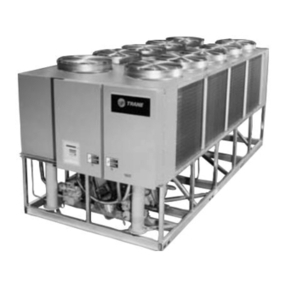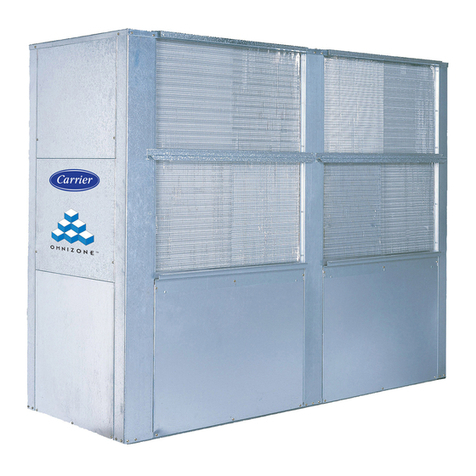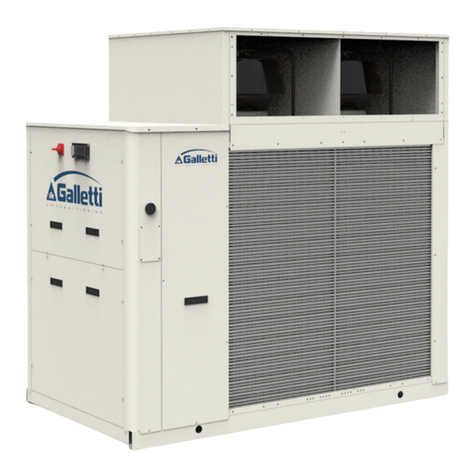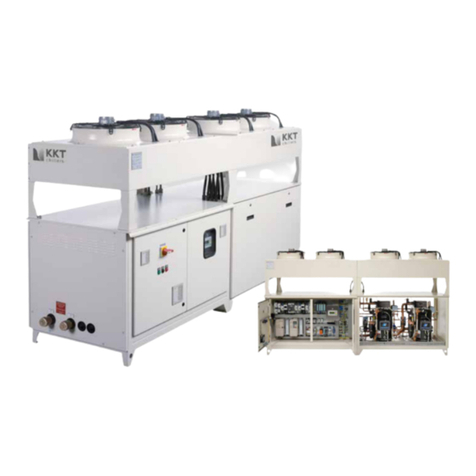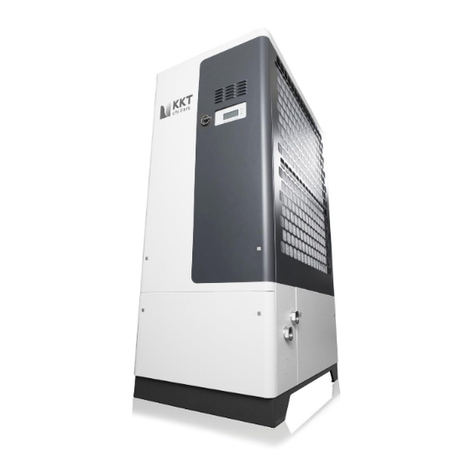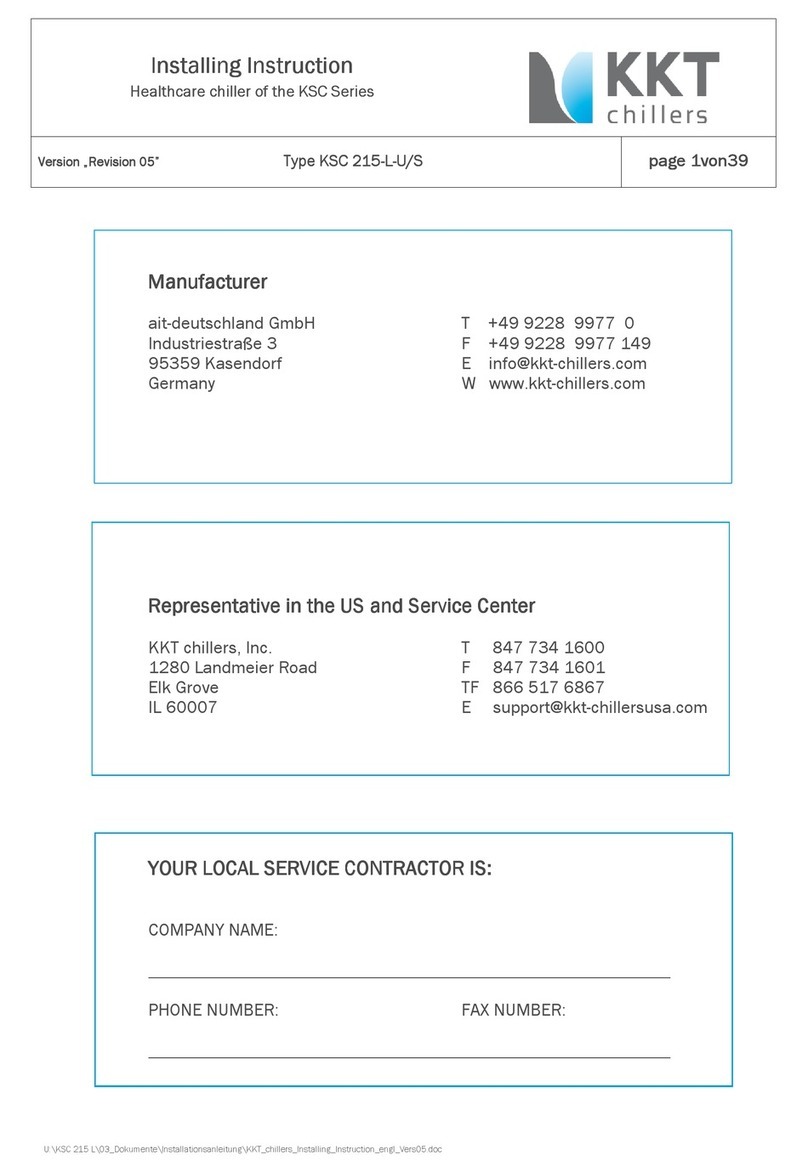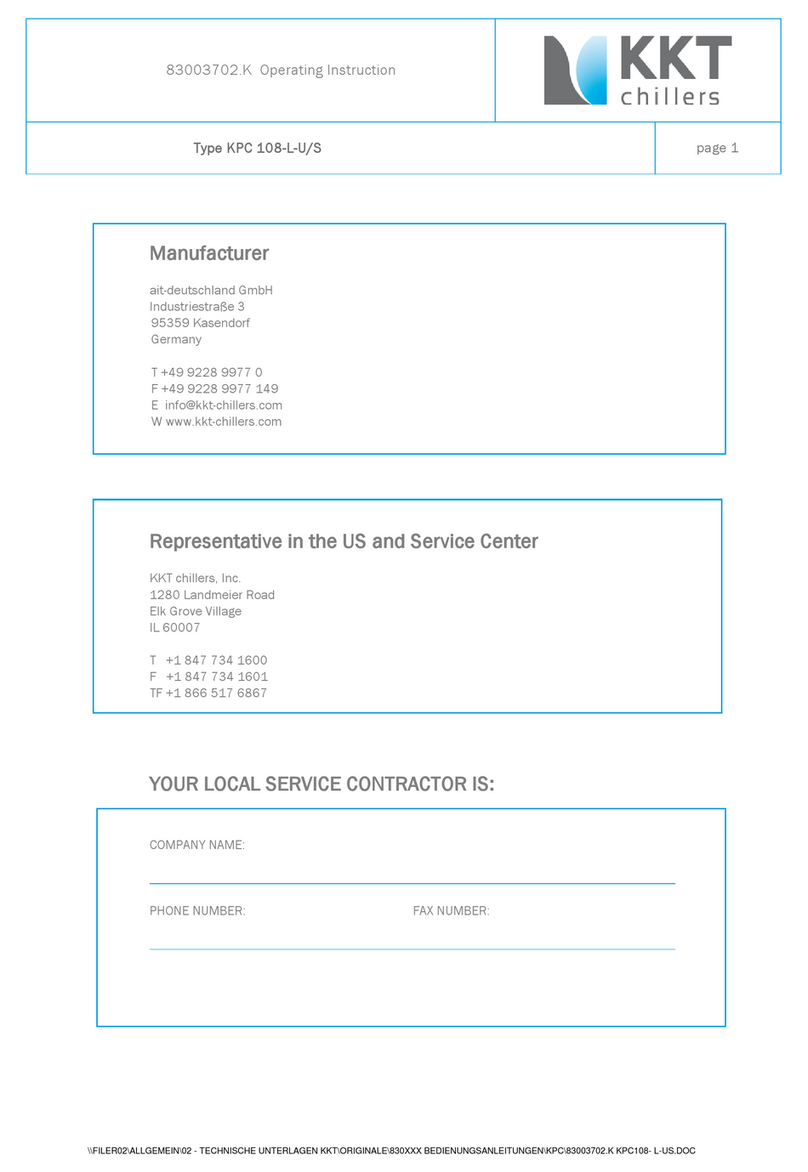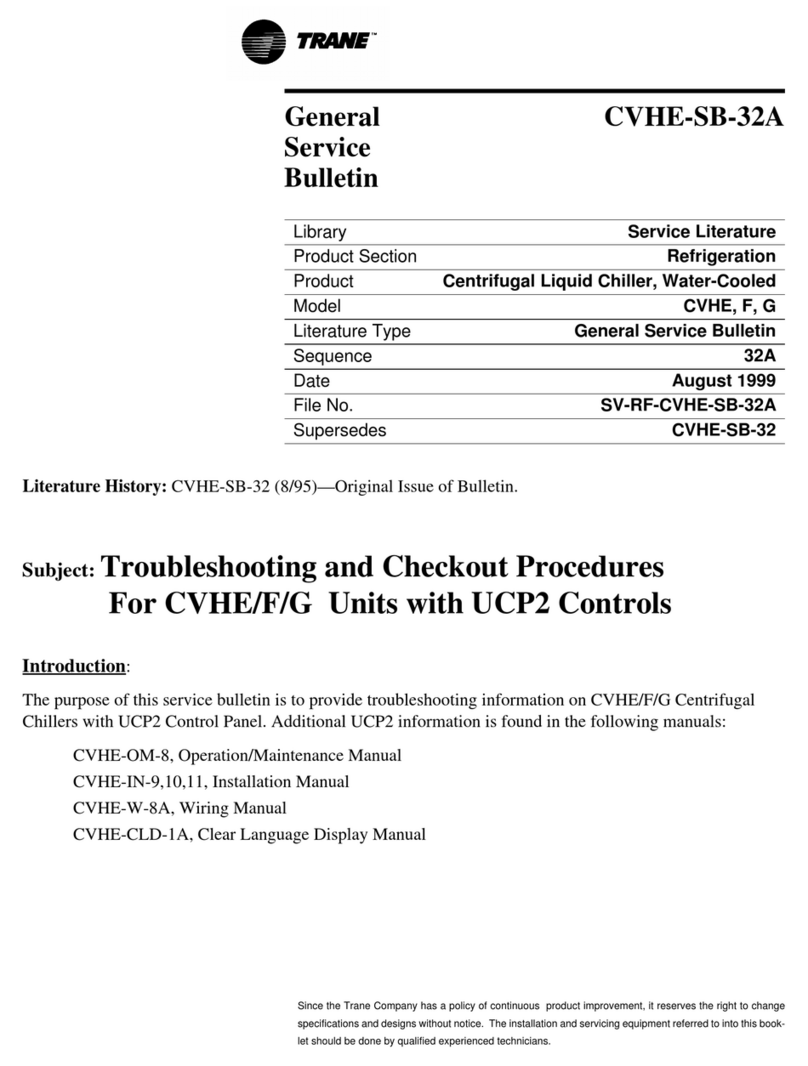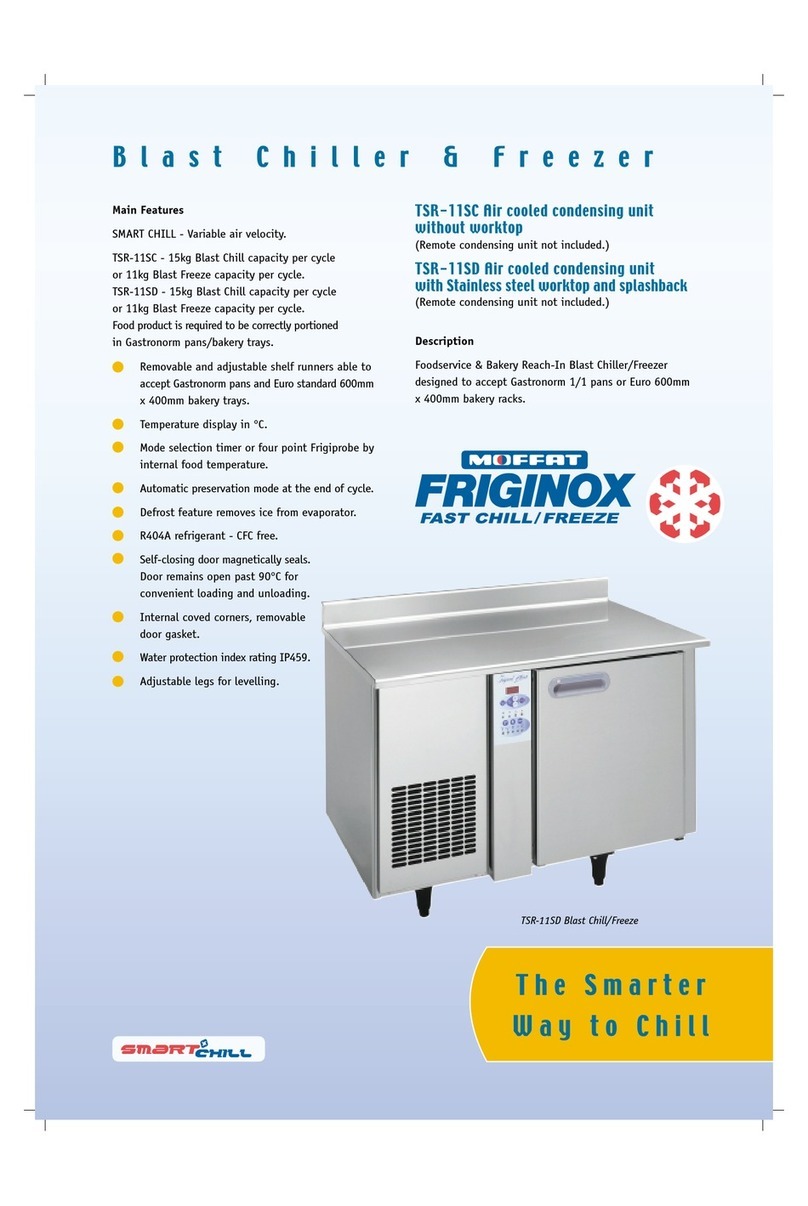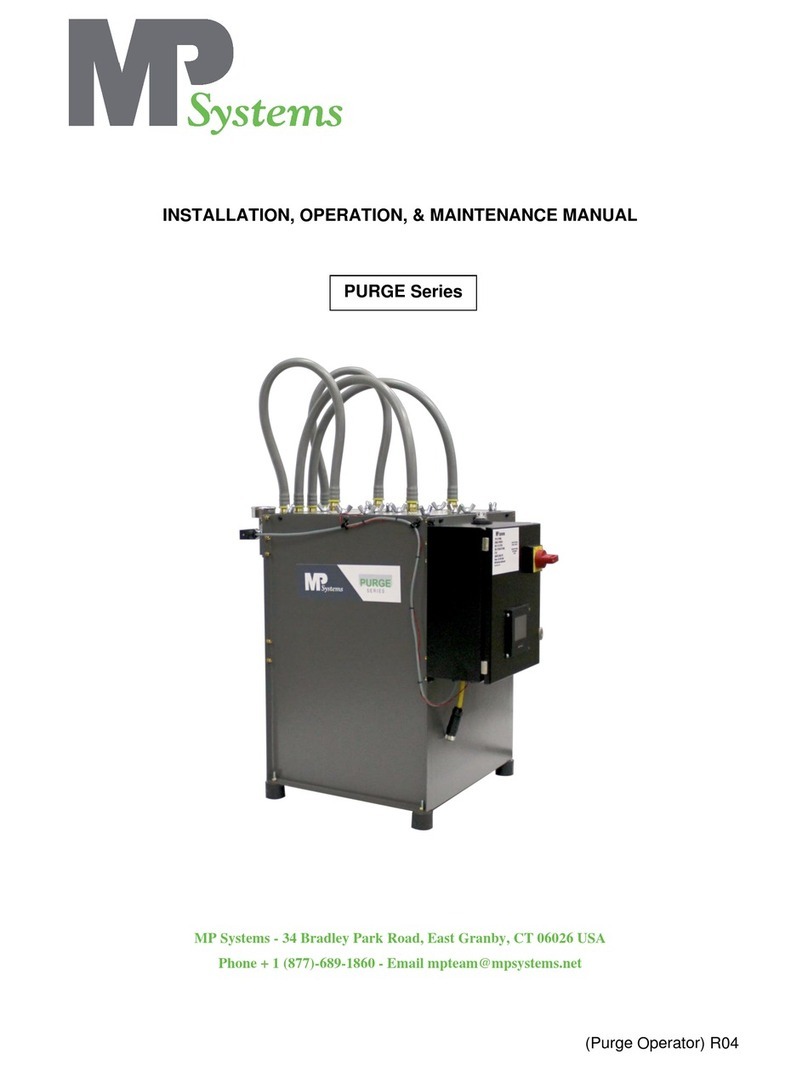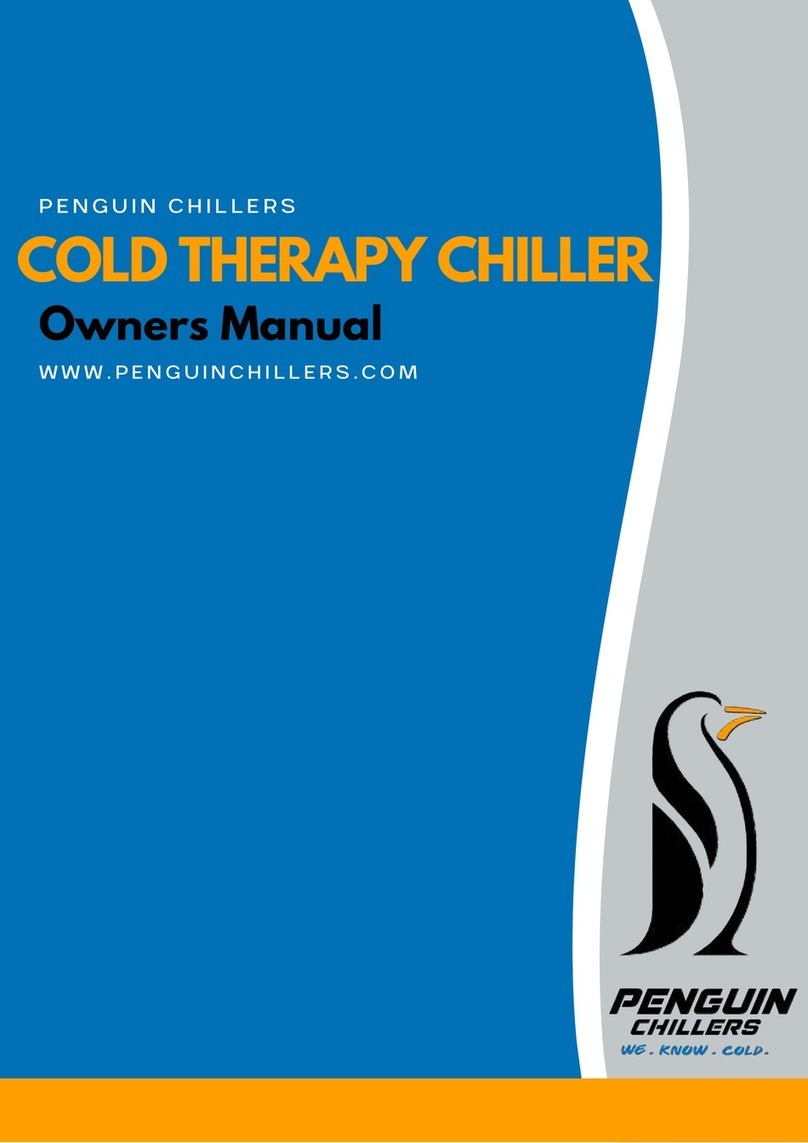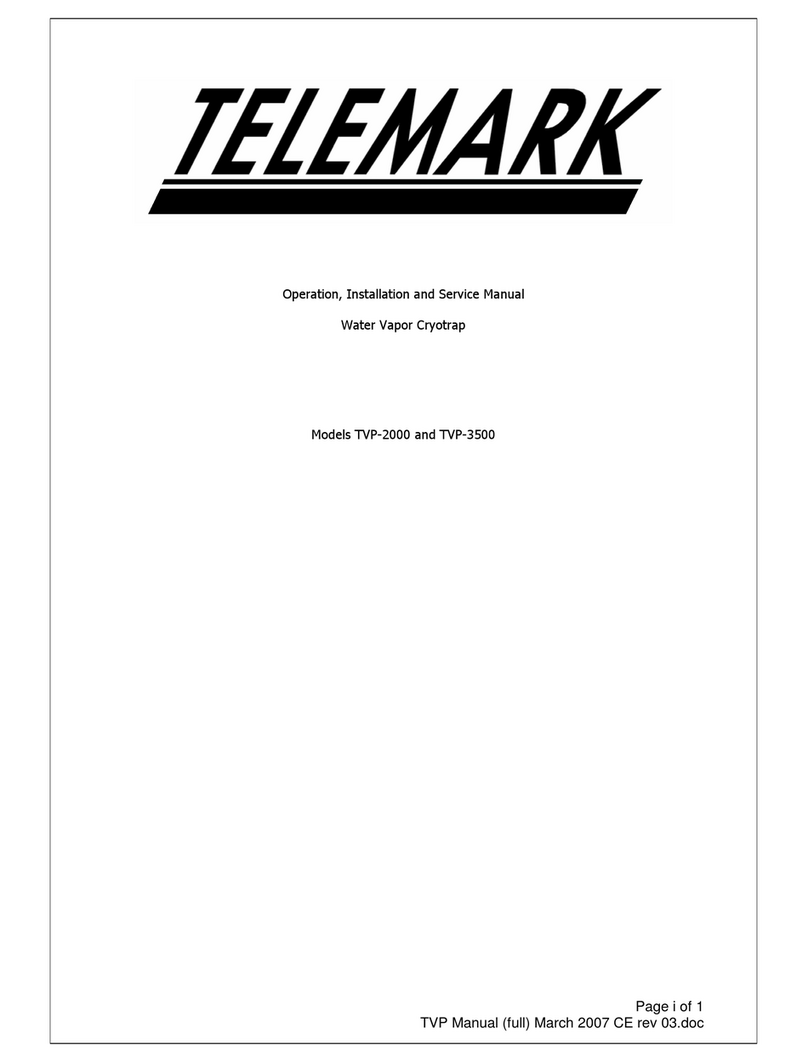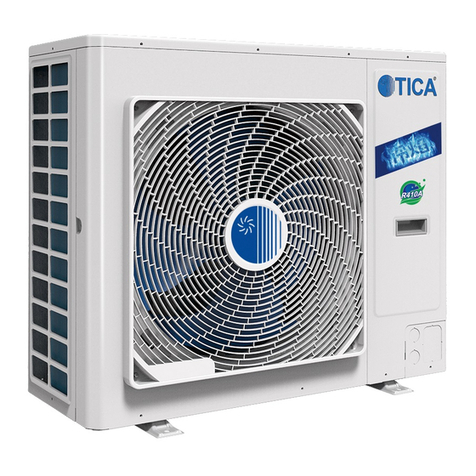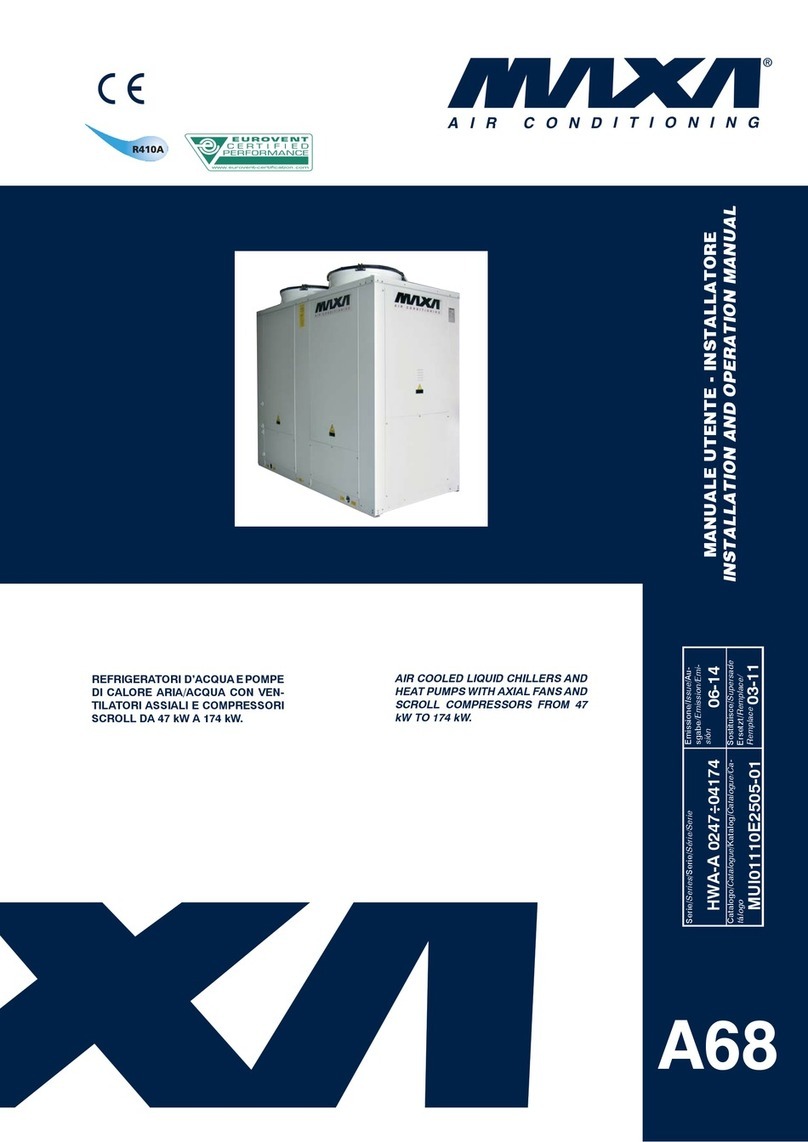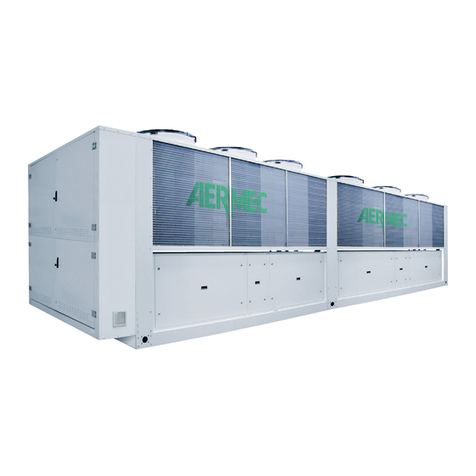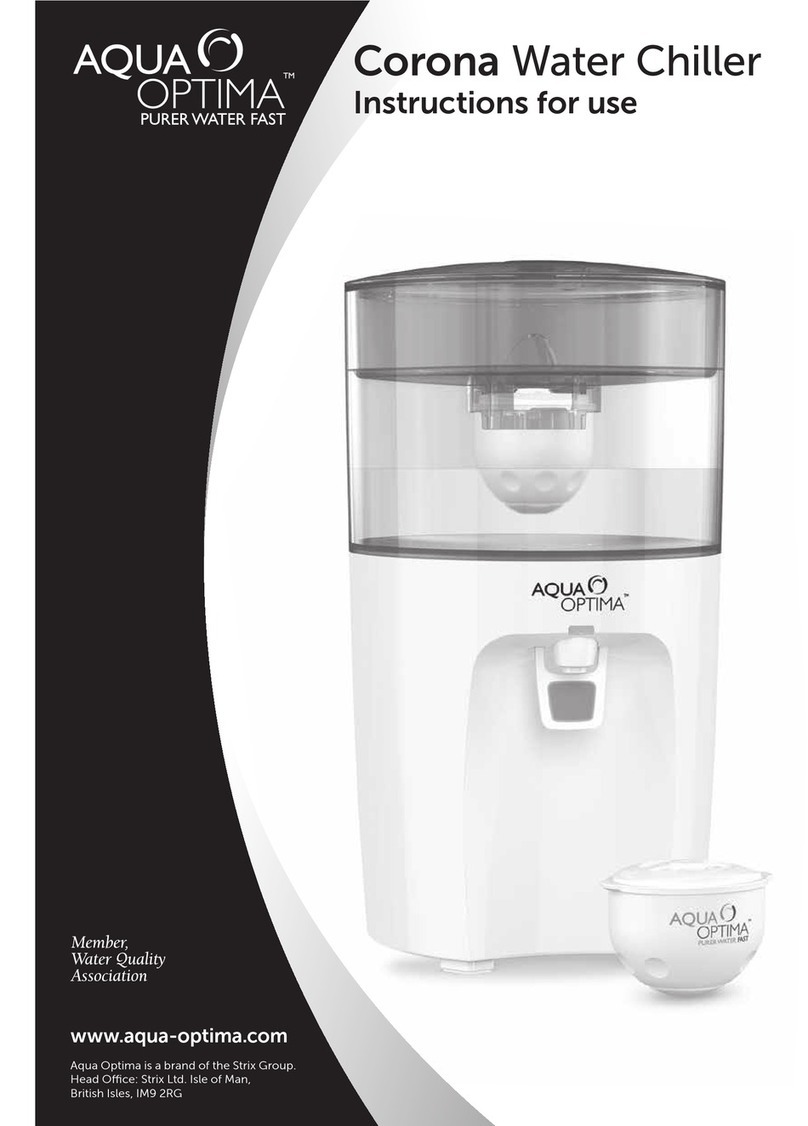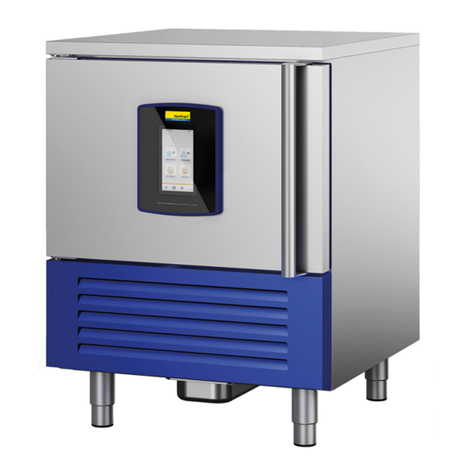
6 / 77 8300010 .Kf
5.3. Unpacking ......................................................................................................................... 41
5.4. Storage ............................................................................................................................. 41
6. Installation ............................................................................................................................... 4
6.1. Overview ........................................................................................................................... 4
6. . Installation site ................................................................................................................. 4
6. .1. General information ................................................................................................. 4
6. . . Minimum room volume ............................................................................................ 4
6. .3. Ambient temperature ............................................................................................... 43
6. .4. Effect of surrounding air flow .................................................................................. 43
6. .5. Minimum clearances ............................................................................................... 43
6. .6. External attachments ............................................................................................... 43
6. .7. Process level ............................................................................................................. 44
6. .8. Surface and foundation ........................................................................................... 44
6. .9. Stability ..................................................................................................................... 45
6. .10. Levelling .................................................................................................................... 45
6. .11. Vibration isolation .................................................................................................... 45
6. .1 . Installation ................................................................................................................ 46
6. .13. Hydraulic installation ............................................................................................... 46
6. .14. Frost protection measures ...................................................................................... 47
6. .15. Flushing the cold water circuit ................................................................................ 47
6. .16. Filling ......................................................................................................................... 47
6. .17. Venting ...................................................................................................................... 49
6. .18. Electrical installation ................................................................................................ 50
7. Commissioning ........................................................................................................................ 51
7.1. Installation checklist ........................................................................................................ 51
8. Operation.................................................................................................................................. 5
8.1. Switching on ..................................................................................................................... 5
8. . Selecting the operating mode ......................................................................................... 5
8.3. External release ............................................................................................................... 5
8.4. Control .............................................................................................................................. 5
8.5. Control panel .................................................................................................................... 53
8.5.1. Start screen .............................................................................................................. 54
8.5. . Main menu ................................................................................................................ 55
8.5.3. Information ............................................................................................................... 55
8.5.4. Settings ..................................................................................................................... 57
8.5.5. Alarm menu .............................................................................................................. 58
8.6. Parameters ....................................................................................................................... 58
8.7. Controller description ...................................................................................................... 59
8.7.1. Electronic level monitoring ...................................................................................... 59
8.7. . Switching the chiller On/off ..................................................................................... 59
8.7.3. Cold water flow temperature control ...................................................................... 60
8.7.4. Compressor control .................................................................................................. 61
8.7.5. Fan speed control .................................................................................................... 6
8.7.6. Electronic expansion valve control .......................................................................... 6
8.7.7. Temperature limit monitoring .................................................................................. 6
